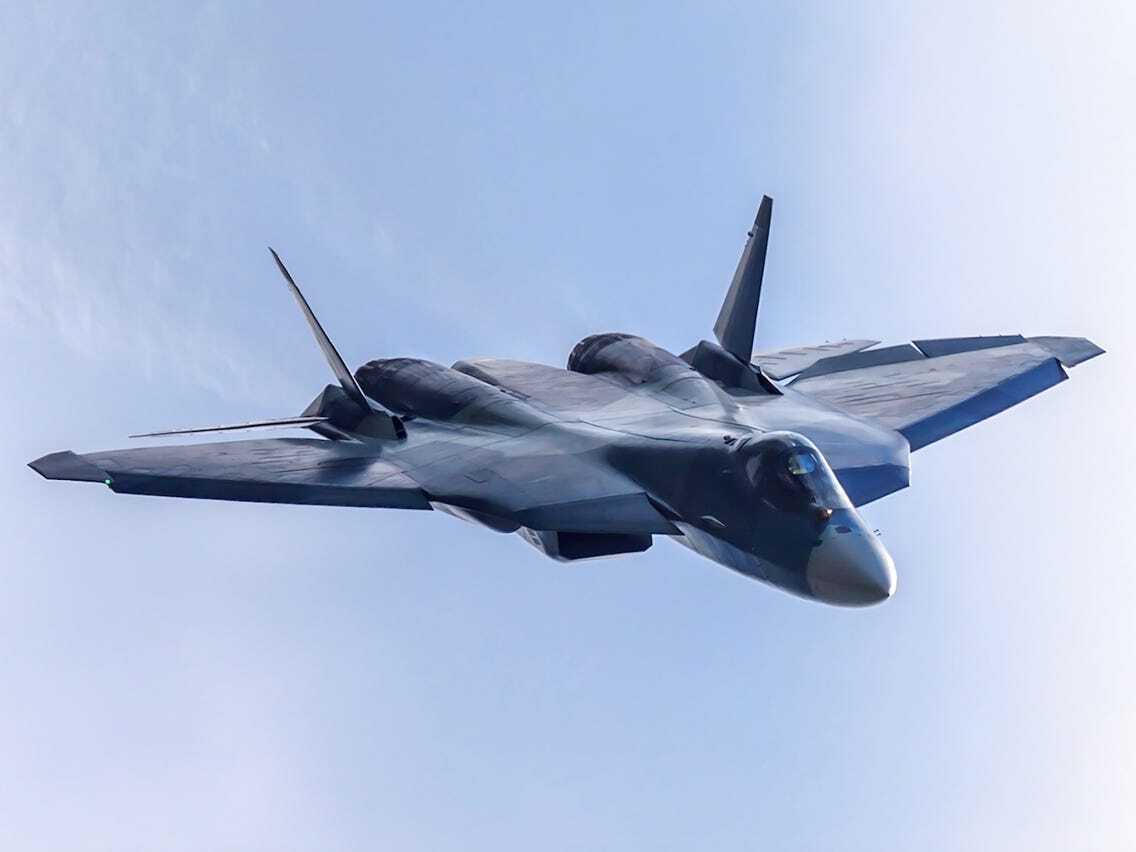Here’s What You Need to Remember: The J-20, however, is probably not designed as a dedicated air superiority fighter like the Su-57 is. Its concept of operations seems to be based on American ideas about how to operate a fifth-generation fighter aircraft.
Not much is known about the specifics of the J-20’s avionics and sensor suite, but the Chinese jet seems to incorporate an active electronically scanned array, a chin mounted EOTS, a passive infrared/electro-optical DAS 360-degree spherical camera system and passive antennas for an advanced electronic support measure suite similar to the F-35’s AN/ASQ-239 system. The J-20 also seems to incorporate advanced datalinks, integrated avionics and a cockpit with a display similar to that found on the F-35. Indeed, the J-20 likely has avionics that are broadly comparable to that found on the F-22 and F-35, but which are not quite as refined as their American counterparts.
Russia and China are both developing next-generation fifth-generation fighters as they struggle to challenge American dominance of the international system. However, the two great powers are taking somewhat differing approaches to developing these new next generation machines. Those differences are driven by a number of factors including threat perceptions and requirements as well as access to technology and financial resources.
In terms of overall kinematic performance, the Su-57 is likely a superior performer compared to the Chinese J-20. With its three-dimensional thrust-vectoring capability and ample thrust, the Su-57 is likely to have excellent low speed high angle of attack maneuverability even with the current Saturn AL-41F1 after burning turbofans, which are rated at 32,500 lbs thrust each.
